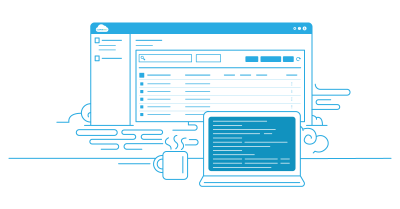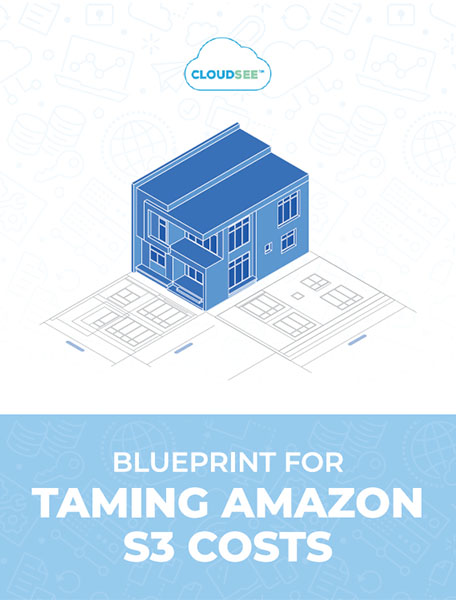A few months ago, you installed a “free” backup tool that promised smooth Amazon S3 integration. Three months later, your chin hits the floor when your AWS bill doubled. You wonder where those extra charges came from. It’s not your fault that vendors conveniently omit the real cost story. We’ll break down ways you can control integration costs of third-party S3 tools.
The Hidden Cost Challenge
AWS Administrators face a frustrating paradox with third-party S3 tools. You need specialized functionality like advanced backup capabilities, data analytics, and compliance reporting. Unfortunately these solutions often operate as black boxes, hiding AWS costs. The core challenge is information asymmetry.
Third-party S3 vendors focus on their software licensing costs, glossing over the AWS infrastructure expenses their tools can add. They’ll mention “minimal data transfer” but won’t explain that their daily sync processes trigger millions of S3 API calls. They’ll boast about “efficient backups” without disclosing that their architecture requires cross-region data movement that can cost 10x more than local operations. Organizations typically discover these hidden costs only after implementation, when changing tools becomes a complex migration project involving data sovereignty, compliance requirements, and operational dependencies.
Why Understanding True Costs Matters
Gaining visibility into third-party S3 tools costs delivers three critical benefits…
1. Budget Predictability
Organizations that audit their tool-generated AWS costs report 35% more accurate quarterly forecasting. When you know exactly how much each tool costs to operate, you can make informed decisions about feature adoption and usage patterns.
2. Vendor Negotiation Power
Understanding the total cost of ownership gives you leverage when negotiating contracts. If a third-party S3 tool adds $50,000 to the S3 bill annually, you can negotiate that context into your licensing discussions.
3. Architecture Optimization
Tools that require extensive API calls or data transfers often indicate inefficient integration patterns. Identify these patterns to reduce overall AWS costs by 20-40% through architectural improvements.
Practical Cost Assessment Strategies
Implement Tag-Based Cost Tracking
Create specific AWS Tags for each third-party tool S3 integration. Use tags like “tool:vendor-xyz” and “purpose:backup” to isolate costs in AWS Cost Explorer. You’ll see immediately your per-tool expenses.
Monitor API Call Patterns
Build CloudWatch dashboards to track S3 API metrics by bucket and operation type. Look for patterns like excessive PUT requests during supposed “read-only” analytics operations or frequent LIST operations that could indicate inefficient tool behavior.
Establish Cost Baselines
Before deploying any new third-party S3 tools, document your existing S3 costs for the buckets you’re accessing via third-party. Monitor for 30 days post-deployment to establish the true cost impact. If you skip this step, you lose the ability to accurately attribute cost increases.
Take Control of Integration Costs of Third-Party S3 Tools
The promise of seamless third-party S3 tools integration shouldn’t result in surprise billing. With cost tracking, monitoring API patterns, and demanding transparency from vendors, you can leverage tools without budget chaos. Don’t let another “free” tool cost you thousands in hidden AWS charges. When a vendor promises effortless S3 integration, you’ll have the framework to verify their claims and control your budget.




Leave A Comment